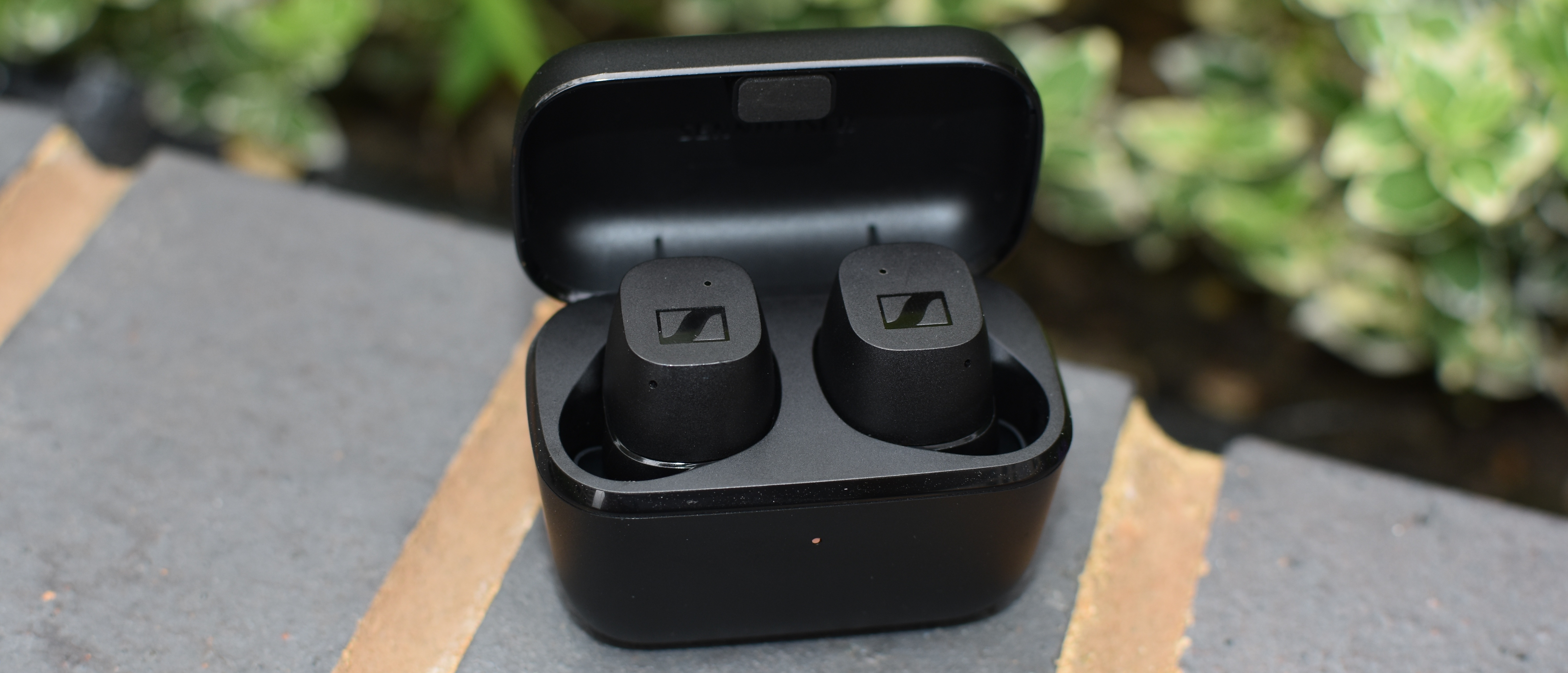Tom's Guide Verdict
With great sound and upgraded battery life, the Sennheiser CX True Wireless goes high on quality and low on price.
Pros
- +
Bass-rich sound
- +
Affordable
- +
Long battery life
Cons
- -
No ANC
- -
Dull aesthetic
Why you can trust Tom's Guide
The Sennheiser CX True Wireless has come out of nowhere to become one of the best wireless earbuds on the market. It essentially replaces the Sennheiser CX 400BT, which was already one of the best in its class, and adds a host of upgrades while simultaneously lowering the price.
Price: $129
Colors: Black, white
Battery life (rated): 9 hours, 27 hours (with charging case)
Connectivity: Bluetooth 5.2
Processor: Not stated
Size: 0.8 x 0.8 x 1 inches (per bud); 2.5 x 1.9 x 1 inches (charging case)
Weight: 0.2 ounces (per bud); 1.3 ounces (charging case)
From added water resistance to a beefier sound and much longer battery life, the CX True Wireless surpasses its Sennheiser predecessor. And other wireless earbuds in this price range should worry, too: the Beats Studio Buds can’t match the comfortable yet secure fit, while the Apple AirPods is beaten on battery life by nearly 4 hours. Keep reading our Sennheiser CX True Wireless review to find out what else it offers.
Sennheiser CX True Wireless review: Price and availability
- $129 MSRP
- Releases on July 8 2021
The CX True Wireless has a release date of July 8, and it costs $129. To the dollar, that’s also what Sennheiser is currently charging for the CX 400BT, but technically its list price is $199.
Both black and white versions of the CX True Wireless will go on sale. Like the rest of Sennheiser’s headphone family, it should be available at a range of retailers and not just from Sennheiser directly.
- All of the best Apple AirPods alternatives
- The best cheap wireless earbuds we've tested
Sennheiser CX True Wireless review: Design and comfort
- Looks bland, but comfortable
- Very secure fit
- Added water resistance
The CX True Wireless mainly takes its design from the CX 400BT, which in turn was based on the flagship Sennheiser Momentum True Wireless 2.
There are some visual downgrades: Where the CX 400BT had silver-tinted Sennheiser logos on both the touch sensors and on top of the charging case, the CX True Wireless is plain black throughout. The earbuds’ plastic casing doesn’t feel any lower-grade, but there is a clearer lack of visual detail.
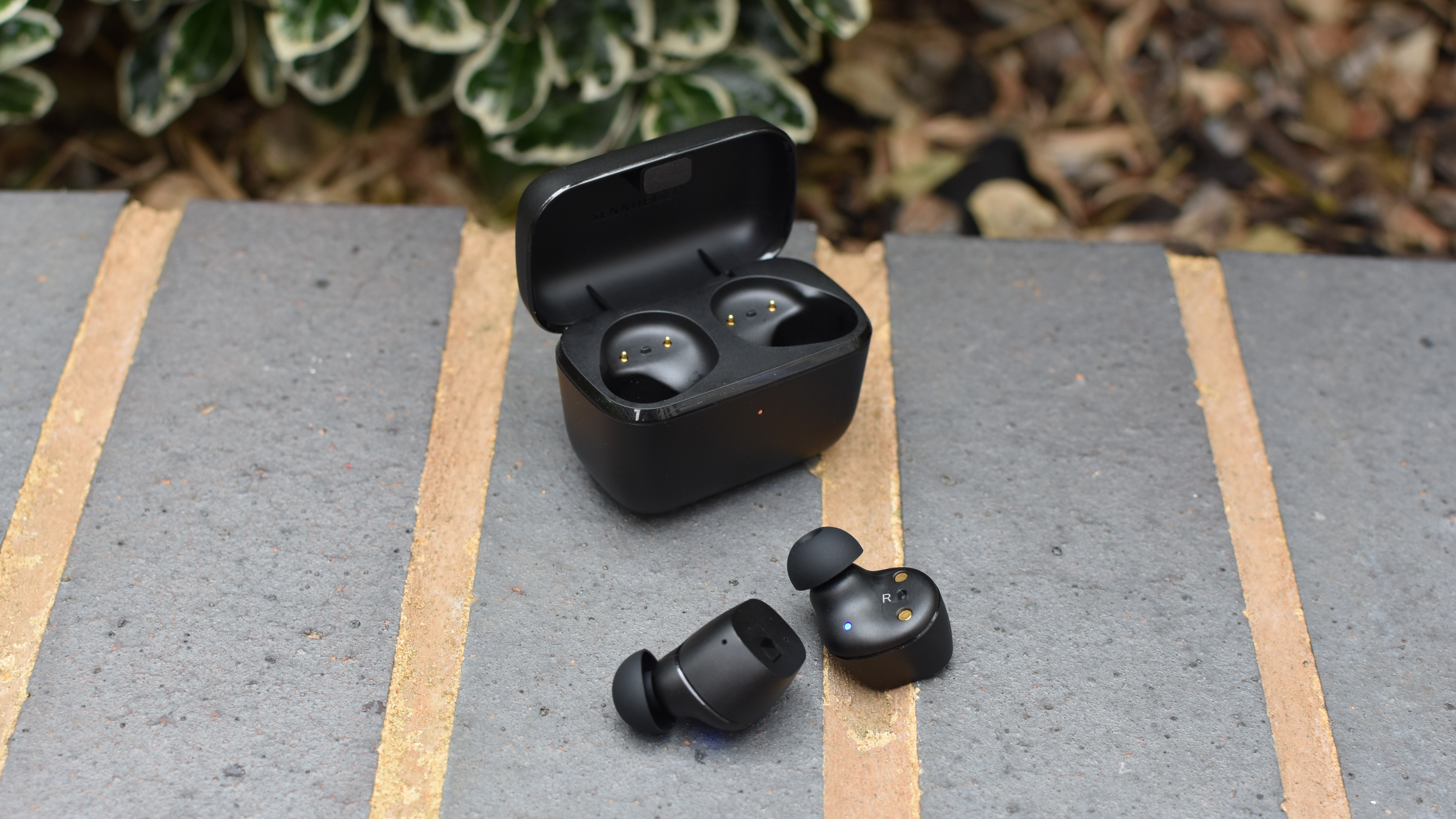
Happily, one thing that hasn’t changed is the fit. Just like its predecessor, the CX True Wireless practically clings to the inside of your ears, and doesn’t work loose when walking or exercising. Despite this, the buds are pretty comfortable: I wouldn’t mind taking them out every couple of hours, but they don’t apply any undue pressure. You get four sets of silicone ear tips in the box, and swapping them in and out is easy.
Get instant access to breaking news, the hottest reviews, great deals and helpful tips.
What’s more, Sennheiser has actually improved on the CX 400BT design by making the CX True Wireless water-resistant to the IPX4 standard. In fixing this previously-disappointing omission, the CX True Wireless becomes much more viable as a pair of workout earbuds. Especially compared to the standard AirPods model, which doesn’t have IP-rated protection either.
Sennheiser CX True Wireless review: Controls and digital assistant
- Customizable and reliable touch controls
- Digital assistant works well
Sennheiser has equipped the CX True Wireless with a fairly standard set of touch controls. You can tap once or twice on either earbud to play, pause or skip tracks, as well as answer or reject calls. Pressing and holding will raise or lower the volume, depending on which bud you use — personally, I find this more intuitive than tapping repeatedly to adjust volume.
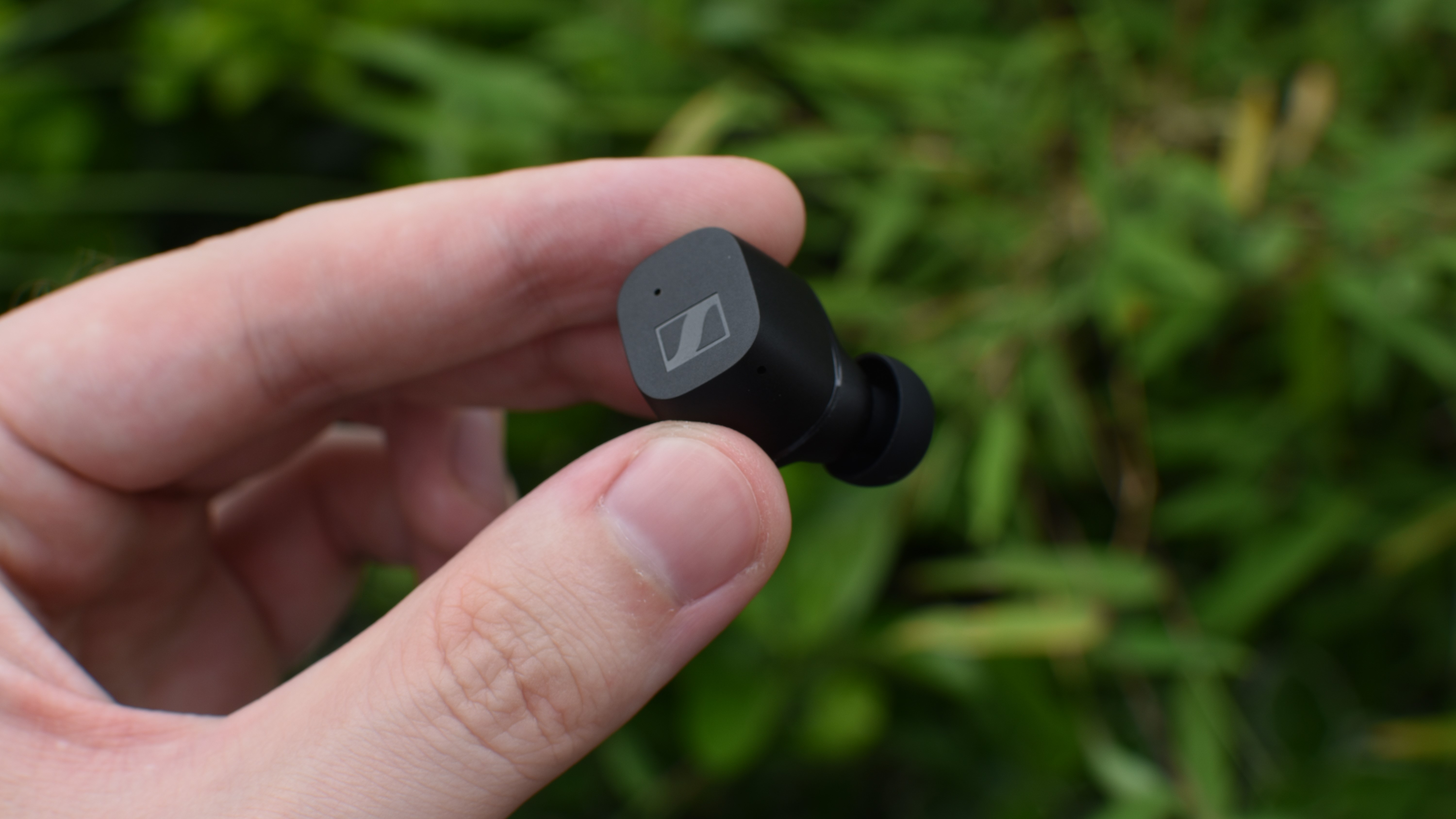
A triple tap can also summon your phone’s digital assistant, be it Google Assistant on Android or Siri on iOS. As with the rest of the touch controls, I had no issues with responsiveness, and the CX True Wireless’ microphones ably picked up my voice commands.
After updating the Sennheiser Smart Connect app, it’s also possible to fully customize the touch inputs or turn them off entirely. Customization is another useful touch, especially if you want faster access to your digital assistant. Just remap one of the buds’ single-tap commands to have it summon the assistant, instead of playing and pausing.
Sennheiser CX True Wireless review: Sound quality
- Bassy but still well-balanced
- Not the widest soundstage, but still good
The biggest reason to buy the CX 400BT has always been its sound quality: by using the same driver design as the Momentum True Wireless 2, each bud was capable of delivering sumptuously detail-rich music with a neutral, yet customizable sound profile.
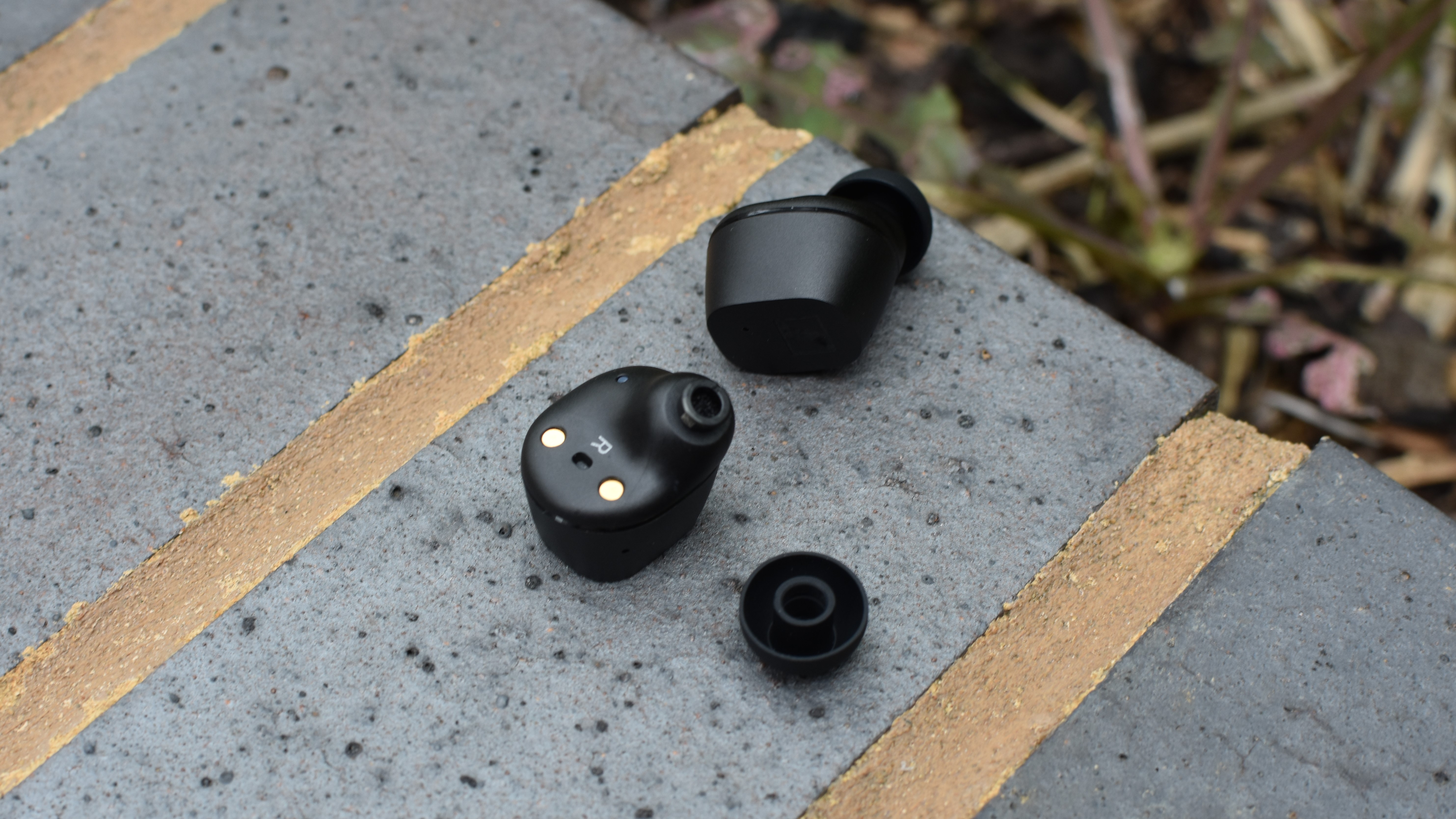
The CX True Wireless still uses in-house Sennheiser transducers, but has a more powerful low-end punch. This delivers more of a satisfying chunkiness to stomping rock songs, like Royal Blood’s “Boilermaker” and Muse’s “Time is Running Out”. Big pop choruses also get a boost, as Charli XCX’s “Boom Clap” and The Weeknd’s “Blinding Lights” demonstrated.
Fortunately, the bass isn’t outright overpowering. You still get all the texture of classic jazz recordings, and higher frequencies get room to breathe. Meiko’s breathy vocals on “Leave the Lights On” comes through with a lovely clarity, while the acoustic guitar track lets the CX True Wireless show off its attention to detail with clearly audible fretting and fingerpicking noises.

If there’s a tradeoff, I didn’t find the CX True Wireless’ soundstage quite as wide as that of the CX 400BT. Audiophiles might also prefer the more neutral sound of Sennheiser’s older earbuds. But on the whole, the CX True Wireless’s sonic capabilities are seriously impressive, challenging those of more expensive earbuds like the AirPods Pro or even the Master & Dynamic MW08.
Sennheiser CX True Wireless review: App and features
- Full EQ customization
- No ANC but various utilities
There’s no active noise cancellation here, which puts the CX True Wireless at a disadvantage considering the Studio Buds and Anker Soundcore Liberty Air 2 Pro support ANC for similar money.
Still, the Smart Connect adds a few extra tricks. Besides the aforementioned control customization, the app offers full EQ control, not to mention a handful of sound presets. The Podcast preset, for instance, emphasises voices, while the Movie preset beefs up video soundtracks. There’s also a Bass Boost preset, though admittedly I couldn’t tell much of a difference between this and the default Neutral profile.

A more esoteric feature is Sidetone, which is basically a mic monitoring mode for phone calls. Turn Sidetone on — you can set it to 50% or 100% strength — and you’ll be able to hear your own voice as you speak, so you can tell whether you’re coming through clearly enough.
The CX True Wireless earbuds don’t have IR sensors, so there’s no ear detection that would automatically pause music when you remove one. But you can connect and use only a single earbud, should you want to keep one ear out for conversations or PA announcements.
Sennheiser CX True Wireless review: Battery life
- Very good — nearly 9 hours
- Big improvement on previous Sennheiser buds
Another of the CX True Wireless’s improvements to the CX 400BT is endurance. I only got a little over 5 hours of continuous playback on the latter, but the CX True Wireless managed 8 hours and 53 minutes.
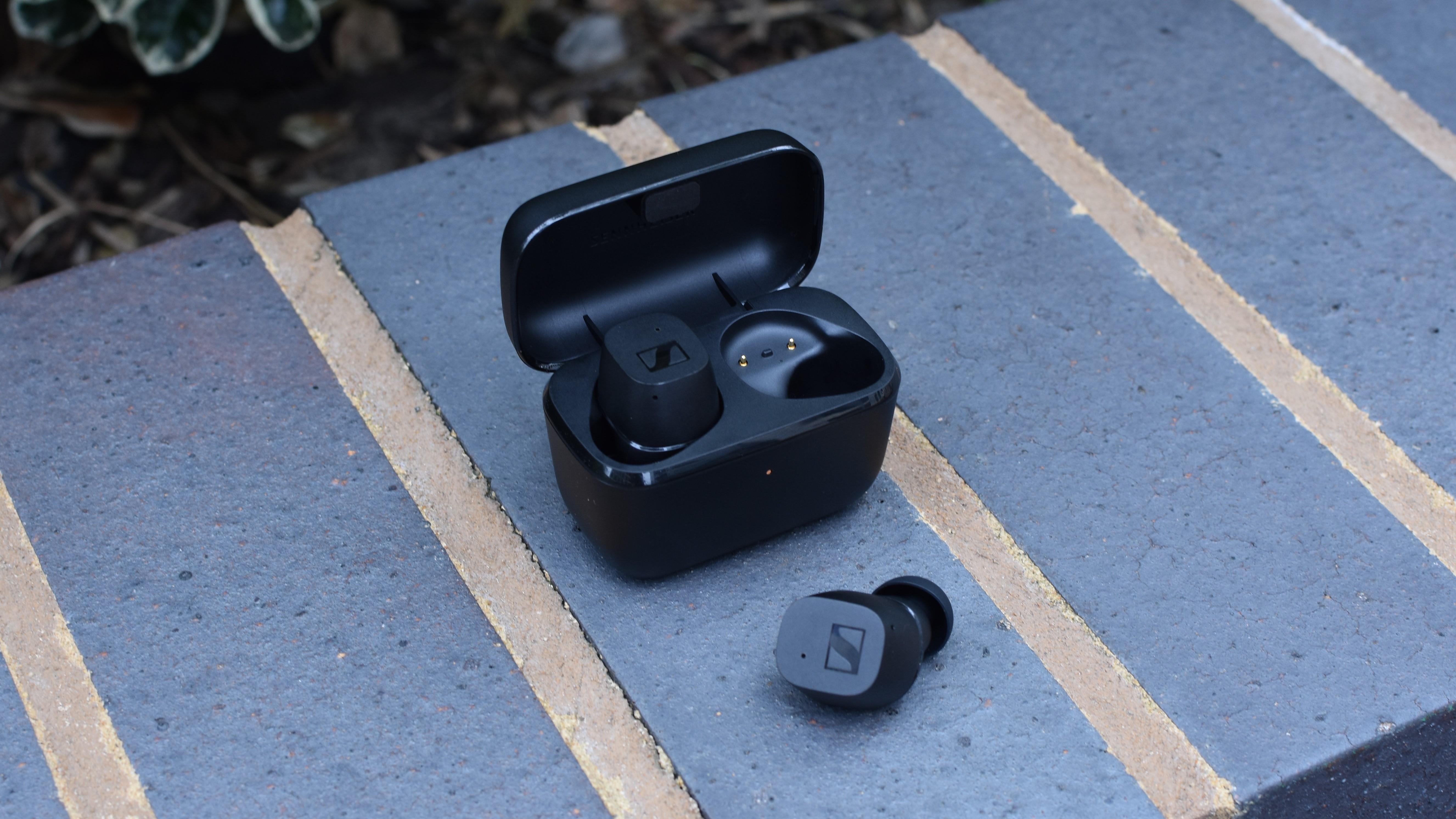
That’s remarkably close to Sennheiser’s official figure, 9 hours, with up to 27 hours from repeated use of the charging case. Yes, the lack of ANC makes things easier, but you’re still getting hours more uptime than the CX 400BT, AirPods and Studio Buds. The only downside is that the case doesn’t support wireless charging, though this isn’t yet a common feature in the sub-$150 market.
Sennheiser CX True Wireless review: Call quality and connectivity
- Viable for calls, even with background noise
- Strong Bluetooth 5.2 connection
While nothing special, the CX True Wireless makes an adequate calling headset. I could hear my conversation partner loud and clear, and I reportedly came through intelligibly as well.
I asked one friend to specifically compare how I sounded when using the CX True Wireless immediately after speaking to him using the CX 400BT, and the difference was apparently negligible. Some distant, outdoor background noises — like traffic — were very slightly quieter on the CX True Wireless, but otherwise they’re equally capable on calls.
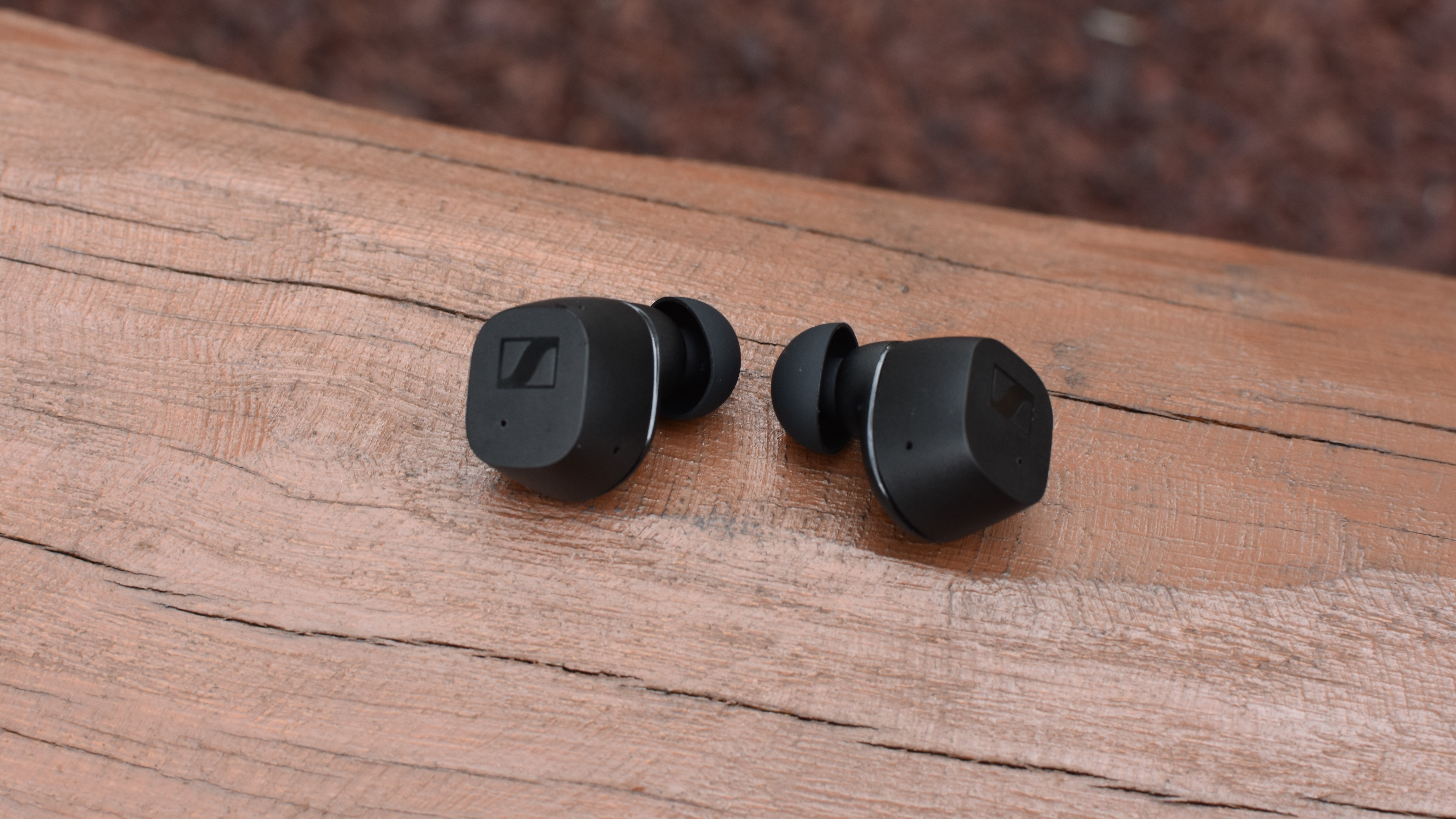
There’s no doubting the integrity of the Bluetooth 5.2 connection either. I could keep listening with my phone several rooms (and walls) away, and if there was any quality degradation, I couldn’t perceive it.
Sennheiser CX True Wireless review: Verdict
The Sennheiser CX True Wireless is one of the best wireless earbuds for the money, thanks to its newfound water resistance and hugely improved battery life.
The CX beats the entry-level AirPods, and the secure fit could potentially make it one of the best sports headphones too. If the lack of ANC is a deal-breaker, the Beats Studio Buds is a worthy alternative, but everyone else has a bargain on their hands. A pleasant surprise indeed.
- More: The best Bluetooth speakers you can buy right now

James is currently Hardware Editor at Rock Paper Shotgun, but before that was Audio Editor at Tom’s Guide, where he covered headphones, speakers, soundbars and anything else that intentionally makes noise. A PC enthusiast, he also wrote computing and gaming news for TG, usually relating to how hard it is to find graphics card stock.
